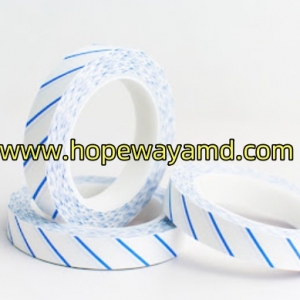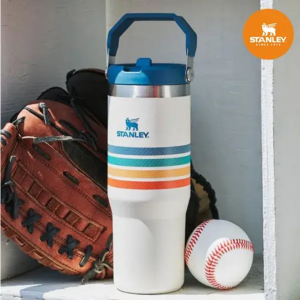A website that’s slow, unresponsive, or jarring to navigate doesn’t just turn off users—it slips in Google’s search rankings. Core Web Vitals are Google’s way of measuring these issues, focusing on load speed, interactivity, and visual consistency.
The three metrics at play are LCP (Largest Contentful Paint), FID (First Input Delay), and CLS (Cumulative Layout Shift). They’re now critical to SEO, and low scores can bury your site in search results.
Let’s unpack each one and explore how to fix problems when they pop up.
LCP: Load Your Main Content Faster
LCP measures how long it takes for the largest element on your page—like a banner, image, or headline—to fully render. Google’s target is under 2.5 seconds.
If LCP is slow, users often abandon your site, which spikes bounce rates and hurts rankings. Heavy images, unoptimized code, or a lagging server are common causes.
To boost LCP, shrink image files, clean up code, and ensure your hosting delivers. Using next-gen formats like WebP can also speed things up. If this feels daunting, a web designer who knows performance can help optimize your setup.
FID: Keep Interactions Smooth
FID tracks the delay between a user’s first action—like tapping a button—and the site’s response. Google wants this under 100 milliseconds.
A high FID makes your site feel sluggish, frustrating visitors. The culprit is often JavaScript that’s overloading the browser.
Fixes include splitting JavaScript tasks, deferring non-urgent scripts, or cutting third-party bloat. This can get technical, but a web designer with the right skills can streamline your site’s responsiveness.
CLS: Lock in Visual Stability
CLS measures how much your page shifts during loading. If ads, images, or other elements move content unexpectedly, users get annoyed. Google’s goal is a CLS score below 0.1.
Shifts often happen due to images without set sizes, late-loading fonts, or dynamic content like banners. These can lead to misclicks or lost trust.
To reduce CLS, define image dimensions, preload fonts, and reserve space for dynamic elements. A web design service that plans layouts with stability in mind can prevent these issues.
Why This Impacts SEO
Core Web Vitals are part of Google’s Page Experience signals, directly influencing where your site ranks. Poor performance means lower visibility.
But it’s not just about algorithms. Users expect fast, responsive, and stable sites. If yours doesn’t deliver, they’ll bounce, and your traffic will take a hit.
That’s why performance is now a key part of quality web design services.
Can You Tackle It Solo?
Google’s PageSpeed Insights offers a detailed Core Web Vitals report, complete with improvement tips.
But fixing issues often means diving into code or rethinking your site’s design. A professional web designer offering web design services can address these challenges, balancing aesthetics with speed and stability.
Closing Thoughts
Core Web Vitals aren’t just tech jargon—they reflect how users experience your site. A slow, clunky, or shifting page drives people away and signals Google to downgrade your rankings.











